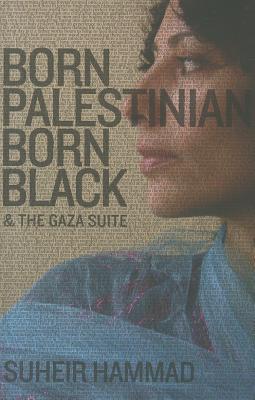
Palestine
Book Description
Beneath the weight of barbed wire and shattered dreams, a vivid tapestry of life unfolds in 'Palestine' by Joe Sacco. This groundbreaking graphic novel plunges into the heart of one of the world’s most contentious conflicts, revealing intimate stories of resilience, despair, and unyielding hope. With each page, Sacco's penetrating illustrations breathe life into the voices of those living in the shadow of turmoil, capturing their struggles and humanity with breathtaking clarity. This is not just a story of war; it's a testament to the unbreakable spirit of a people yearning for peace. What truths lie hidden in the chaos?
Quick Book Summary
"Palestine" by Joe Sacco is a groundbreaking work of comics journalism that explores the Israeli-Palestinian conflict through the eyes of ordinary Palestinians living under occupation in the early 1990s. Sacco, both writer and illustrator, immerses himself in the daily realities of life in the West Bank and Gaza Strip, documenting interviews, personal stories, and firsthand observations. Through poignant visuals and narrative, he conveys the hardships of military occupation, displacement, and constant uncertainty, yet also brings out moments of resilience, humor, and hope. Sacco's detailed art and compassionate storytelling bridge personal experiences with the broader political struggle, offering readers a harrowing yet humanizing portrait of life in a region too often defined by conflict headlines.
Summary of Key Ideas
Table of Contents
Daily Life Under Occupation
Joe Sacco's journey through Gaza and the West Bank exposes the intimate details of Palestinian life under the burden of military occupation. The graphic novel immerses readers in everyday scenes—crowded streets, makeshift homes, checkpoints, and refugee camps. Through detailed illustrations, Sacco depicts how the occupation affects daily routines, from water shortages to restricted travel, and how these cumulative hardships shape the experiences and identities of those he meets. The struggles are palpable, yet moments of warmth and hospitality persist, revealing the humanity often overlooked in news reports.
Systemic Injustice and Bureaucracy
A recurring theme is the pervasive bureaucracy and systemic injustices embedded in the occupation. Sacco highlights administrative hurdles, such as permit denials, home demolitions, and arbitrary detentions. Narratives of imprisonment, interrogations, and legal limbo foreground the power imbalance and frustration faced by Palestinians striving to live ordinary lives. Sacco weaves accounts from various voices—students, doctors, women, former detainees—to illustrate the multiple forms of control and surveillance, and how these mechanisms maintain the status quo.
Journalistic Ethics and Perspective
The graphic novel is as much about journalism as it is about Palestine. Sacco is self-reflexive, often questioning his role as an outsider and observer. He underscores the limitations of media coverage, the challenge of objectivity, and the pitfalls of voyeurism. By drawing himself into the narrative, Sacco acknowledges his biases and the contradictory impulses of representing trauma and struggle to a distant audience. This introspection deepens the work's credibility, urging readers to question mediated representations of the conflict.
Resilience and Humanity Amid Conflict
Amidst the bleakness, Sacco captures the resilience and spirit of the people he meets. Moments of humor, familial love, and collective celebration punctuate stories of hardship. Sacco portrays Palestinians not as passive victims but as individuals with agency and dreams. The intimate interviews, passionate debates, and small acts of resistance convey hope and the enduring will to survive and assert dignity in hostile circumstances.
Complexity of Narratives
The narrative resists oversimplification, emphasizing the complexity of truth in conflict. Sacco avoids didacticism by giving voice directly to those most affected and juxtaposing conflicting narratives and perspectives. The result is a layered, nuanced portrayal that invites readers to grapple with ambiguity and to see beyond headlines. "Palestine" thus becomes a testament not only to the realities of occupation but also to the vital need for storytelling that honors the richness and contradiction of human experience.
Download This Summary
Get a free PDF of this summary instantly — no email required.





